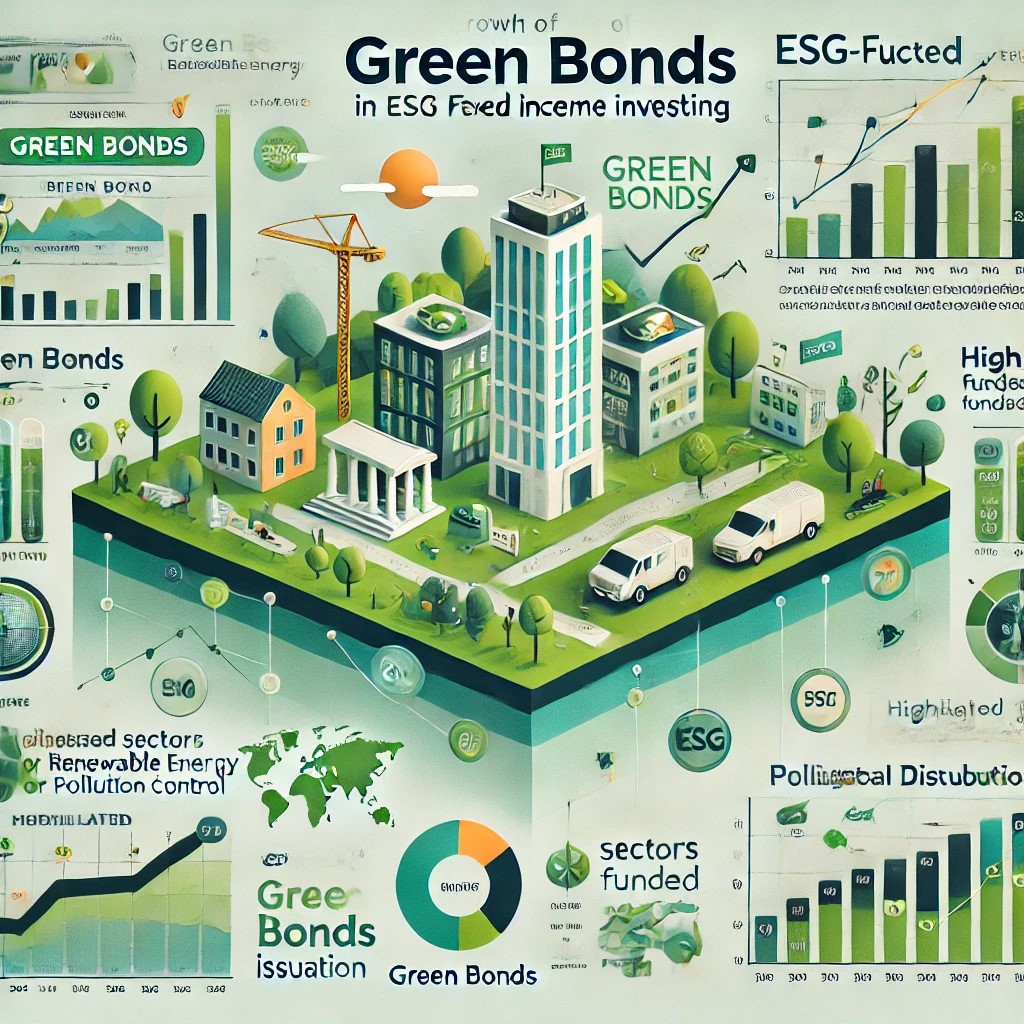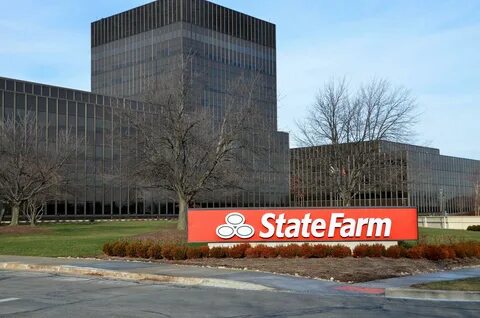Environmental, Social, and Governance (ESG) criteria are becoming increasingly influential in the investment landscape, extending their reach into the realm of fixed income investing. As investors and issuers alike grow more conscious of sustainability and ethical practices, ESG integration in fixed income portfolios is not just a trend—it's becoming a crucial part of investment strategies. This article explores how to effectively incorporate ESG criteria into fixed income investing, current trends, and future predictions.

Understanding ESG Integration in Fixed Income
One common approach is to invest in green bonds, which are specifically issued to fund projects that have positive environmental effects, such as renewable energy projects or pollution control. Social bonds, which finance projects with positive social impacts like affordable housing or healthcare facilities, are also becoming popular.
Current Trends in ESG Fixed Income Investing
The market for ESG bonds has seen remarkable growth. Green bonds, for example, have surged in popularity as governments and corporations look to finance the transition to a low-carbon economy. Meanwhile, social and sustainability bonds have gained traction, especially in light of global challenges such as the COVID-19 pandemic and social inequality.

Furthermore, the demand for transparency and accountability in ESG reporting is leading to more reliable and standardized data. This trend helps fixed income investors make more informed decisions by evaluating the ESG performance of bond issuers more accurately.
How to Implement ESG Criteria in Fixed Income Portfolios
To begin integrating ESG criteria into fixed income investing, investors should start with a clear definition of what ESG means for them and what outcomes they expect from their investments. This involves setting specific ESG goals, such as reducing environmental impact or promoting social equity.
The next step is to conduct thorough due diligence on potential bond issuances. This includes assessing the issuer's ESG ratings from reputable agencies and examining the bond's use of proceeds to ensure they align with designated ESG objectives.
Investors should also consider the maturity of ESG frameworks within the markets they are entering. Emerging markets, for instance, might present different ESG challenges and opportunities compared to developed markets.

Future Predictions for ESG in Fixed Income Investing
Looking ahead, ESG criteria are set to become even more embedded in fixed income strategies. As global awareness of environmental and social issues continues to grow, the demand for investments that contribute positively to these areas will likely increase. This could lead to more innovative financial instruments and increased issuance of ESG bonds.
Furthermore, advancements in technology and data analytics will improve the assessment and reporting of ESG factors, making it easier for investors to integrate these criteria into their decision-making processes.
In conclusion, using ESG criteria in fixed income investing not only aligns with ethical and sustainable goals but also enhances risk assessment and potential financial returns. As the market evolves, fixed income investors who adeptly integrate ESG considerations into their portfolios will be well-positioned to benefit from both financial and societal returns.






